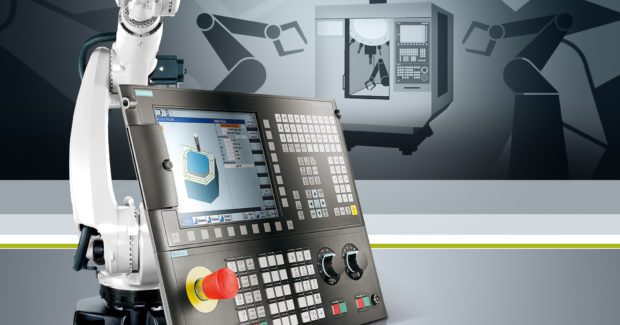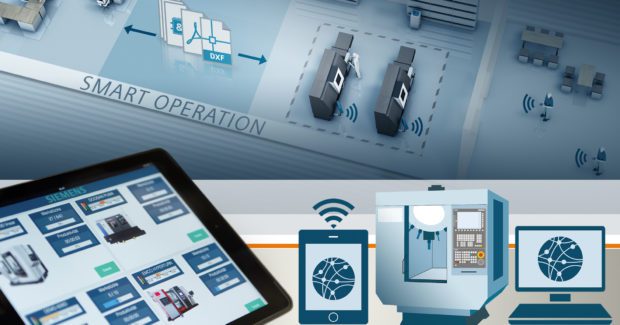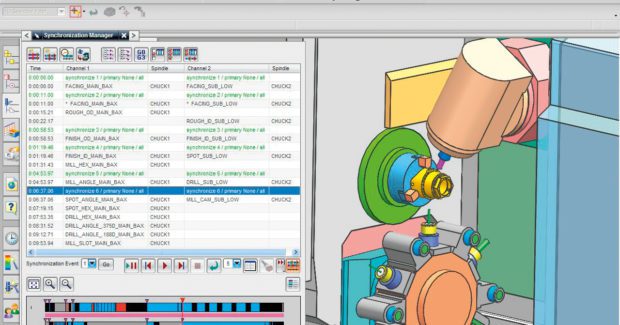Managing the Perfect Storm
As automation and IT enter more prominently into plant operations, the education that the manufacturing segment of our society provides for our current and future workforce will impact the viability of industry in America for generations to come.
Posted: May 6, 2016
Critical shortages in skilled labor are nothing new. What is new is the “perfect storm” of advancing technology, where the new manufacturing methods and the corresponding required skill sets to execute them are colliding with the mass segment of an available workforce that simply lacks the education, not the skills, to do the work. To navigate this storm, companies developing the new technologies must also find ways to transfer the necessary skill sets to that available workforce in all sorts of automation, robotics, 3D printing in all of its iterations, and the emerging mechatronics world.
The essential tasks of product development haven’t changed. Design, engineering, manufacturing and production, sales, marketing, service and training all remain critical elements of product delivery, regardless of the industry. But what has obviously changed are the constituent elements of those functions: Design has moved from pencil sketch to CAD. Engineering has transitioned from e-size drawings to e-mail and collaborative electronic whiteboard sessions. Manufacturing has shifted from the basic mill and lathe to the multi-axis CNC, and production has gone from intense manual labor to robotics, transfer mechanisms and the multi-tasking machining center, where lasers, ultrasonics and 3D capabilities create composite or powdered metal additive parts.
There are certainly challenges in finding the right people for all the right positions needed in this diverse manufacturing sector. Many companies on the machine tool and controls side of this industry are doing their best to support and invest in various educational initiatives that will ultimately bridge the gap between the current workforce and the one needed for future sustainability in an increasingly competitive manufacturing market.
Consider any factory today and then try to imagine what that operation might look like ten years from now with the rapid onset of automation and the economics of acquiring that automation – it is quite difficult to estimate exactly the numbers will track. What we do know is that information technology will become a much larger focus for manufacturing, not only in large plants, but also in the smaller shops. Innovations in manufacturing IT will certainly drive more and more efficiency and value to customers in the market. The cloud, for example, will not only represent a viable means of data storage and communications between departments inside big plants, it will also become a viable tool for the small shop that seeks to reduce its manufacturing lead times through strategic planning, using all of the IT tools available today at affordable costs.
Human value will always be needed, just in different ways. As specific skill sets evolve, companies of all sizes will require talents unknown just a decade ago. There will always be a need for people with skills to support the programming, development, integration and maintenance of the machines. A clever person invented the industrial robot. Other very talented people saw exactly how that robot could become not merely a part mover, but also a part articulator and onsite alarm monitor. Still other gifted people saw how that robot could be integrated into the flexible work cell, allowing the same machines to produce very different parts in very different quantities at various times in the work cycle.
Simply stated, the deployment of technology and automation will be paramount in the factory of tomorrow. This is true “from the shop floor to the top floor,” as they say, and it means the owners of these companies will need to examine the education of the incoming workforce and – just as critical – explore the means by which the current workforce can be reoriented in their skill sets to preserve that “tribal knowledge” that remains at the heart of any well-run and successful operation.
Looking ahead, we forecast increasing degrees of integration between the IT level and the manufacturing level of all companies – a scenario that presents manufacturing with exciting opportunities to drive more efficiency through creative solution finding. Simple tasks, such as monitoring idle time on machines and the ability to gather information on why it’s occurring, will lead to greater increases in production and productivity at all types of companies. Shops that begin to adopt and implement such systems today will quickly see the competitive advantages of getting more production from fewer machines or significantly greater production from the same number of machines on their floor, simply by identifying bottlenecks that are currently unknown.
With more reliance on machines, predictive maintenance will unlock higher operational efficiency for plants. It will replace the manual guesswork of trying to determine appropriate maintenance intervals that may still be too frequent and costly, and avoid the expensive reactive maintenance of responding too late to a machine or line that is already down.
Finally, the value and benefits that machine-to-machine (M2M) communication brings to all manufacturers cannot be understated. Having people on your staff who understand this technology and are able to implement it will be very important for the factory of the future – which may be developing right outside your office-to-plant window as you read this, or happening at your competitor’s place. Talk to your controls suppliers and find out how much data can be obtained from M2M and, more importantly, how you can use it to streamline and improve your operations.
Clearly, as automation and IT enter more prominently into plant operations, the education that the manufacturing segment of our society provides for our current and future workforce will impact the viability of industry in America for generations to come. Right now the pipeline does not have enough people ready to enter the advanced manufacturing workforce, partly because manufacturing often rates last on the list of desired career choices for today’s students. Driving awareness of advanced manufacturing – and the importance and fun in building something – must be a key goal for all of us if we are to weather the storm.














